Would you consider using a gaming model of classroom management even if you yourself are not a gamer and don’t really get gaming? Tweet @learnquebec or reply below.
What if the engagement level of students in your classroom increased simply because they felt responsible for overseeing their virtual team of avatars? What if your students naturally police unfavorable behaviour while creating opportunities to build team-building skills? What if classroom noise levels were self-monitored by students? What if effective collaboration with peers gave you more time on a test? Well, ponder no longer. Every classroom in the world can now imitate gaming experiences in which students and teachers play and learn together.
Education is continually, albeit slowly, innovating with new technology. Many teachers are expanding beyond our standard and static textbooks, notes, worksheets, paper and pencil test routines to develop new research, writing, and analytical skills in students. We are now seeing the emergence of classroom management tools that incorporate gaming philosophies to managing classroom life; in essence teachers are turning their classrooms and their daily routines into an engaging real-life game. This is because in a game, natural consequences for transgressions are built into the system. For example, student collaboration will increase if students feel they will gain a token reward for their efforts, or will more likely try to keep their noise level down if they can see their noise level is off the chart!
One such ingenious tool, available since September 2014 is called ClassCraft (http://www.classcraft.com). Already with over 160 000 users, thousands of involved educators, in 60 countries, and in eight different languages, Classcraft is improving classroom management. In a recent interview, co-creator, Shawn Young describes his innovative product as a “behaviour game, which acts as a layer on top of standard teaching” to manage student conduct and to amp up engagement. In fact, games like Classcraft place student engagement and classroom behaviour at the epicentre of its’ learning management system (LMS). The teacher’s dashboard is rich with an integrated clicker system, timers and stop clocks, random student “pickers”, the ability to post assignments, test dates, and to interact with student avatars like never before by adding or removing points depending on their classroom behaviour.
What would this look like in your classroom? Let’s follow a student in a Classcraft class and witness the adventures that unfold throughout physics period.
Our student, Willy Common, better known as “Merlin Cool” in physics class, strolls in 5 minutes late, provoking the teacher to subtracting 5 “life points” from his character for being late. However, a fellow teammate, a healer called “Sara Health” heals him with one of her powers she earned through long-term positive behaviour, essentially erasing Merlin’s lateness. She immediately gets rewarded with XP for helping out her teammate. As she levels ups, she also gets gold pieces that now gives her enough money to add a cool new cap on her avatar. As the class rolls along, “Merlin Cool” lifts his hand up twice to answer a question about significant figures and is rewarded 50XP for his involvement from their game master (the teacher). He uses to gain a power that allows him to hand in his homework a day late. This is great for him, because he has a basketball game, and knows he’ll not have enough time to complete it all. As Merlin leaves class, he high fives his team, called the Labyrinth Gypsies, and gives an extra thanks to Sara for healing his lateness.
Team play provides on-going interaction, instant and direct feedback, second chances, opportunities to navigate challenges so students can learn from their mistakes while being reinforced by their successes – the philosophy of good video games. These gaming principles are embedded in some amazing digital tools that can easily be applied in any classroom, influencing student learning across the board… social, interpersonal and cognitive.
Now not all behaviour management tools are as elaborate as Classcraft, but can be just as effective. For example, Classroom Dojo (https://www.classdojo.com) is an immediate feedback tool that rewards or removes points for positive or negative classroom behaviour, for a plethora of reasons from participating in class to encouraging group work. This feedback can produce reports for teachers and parents to share with the students, reinforcing the good, providing a place to dialogue about effective behaviour to get your goals met.
Too Noisy (http://www.academyapps.net/toonoisyliteonline/), helps student self-monitor their noise level when collaborating in class, a great reinforcement tool for keeping noise down to acceptable levels.
Remind 101 (https://www.remind.com), another cool app, allows the teacher to quickly notify students and parents through text about behaviour, assignments, tests, pyjama day activities and so on.
Have a look at the infographic below to see how digital behaviour management tools can readily gamify classrooms and change student behaviour in an exciting, meaningful way. Find examples of simple tools that remind you of important classroom information, similar to getting a second chance in a game, to Classcraft, a complete classroom gamification platform which can turn your whole classroom experience into a fun, engaging game.
https://magic.piktochart.com/output/5422244-behaviour-management
Many interesting digital tools are now turning classrooms into interactive game-like environments, blurring the lines between school and the larger community: between school and home, and between school and communities beyond the classroom. Students learn to be part of a motivated team with a common goal. Positive behaviour, as in life, advances the team. The teacher builds token rewards into the system as added incentive to engage with him/her and the team… hey, we all need our cookies!
Here is the main conundrum of this whole gaming-as-behaviour-management: as educators, we have the wistful desire for our students to exhibit positive behaviours just because. We would like them to be intrinsically motivated to be “good”. This very adult desire casually leaps over the powerlessness and lack of control that many teenagers struggle with at school. Using games or gamifying the very structure of the learning scenario are ways of balancing the power dynamic and giving some control back to the students, in a positive way. By applying simple gaming principles, students become a functional part of the classroom, experience how their actions affect their peers… and create communities of learners.

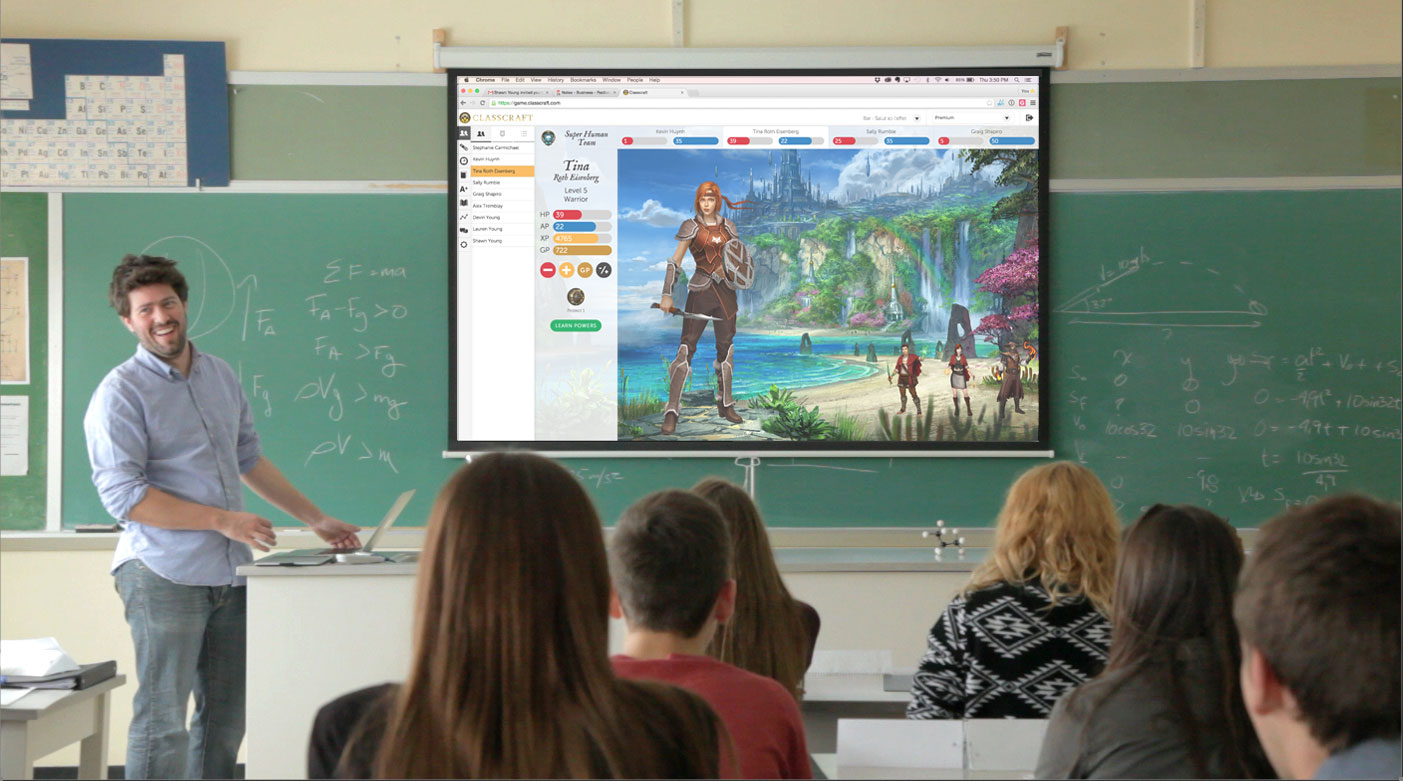
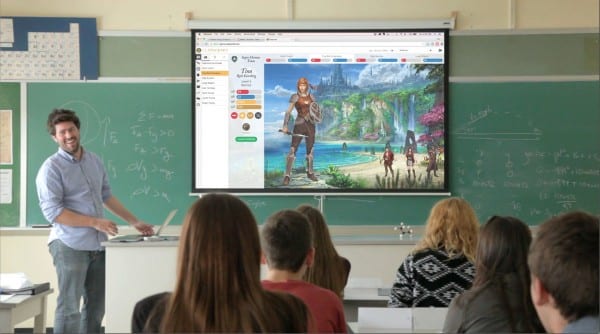
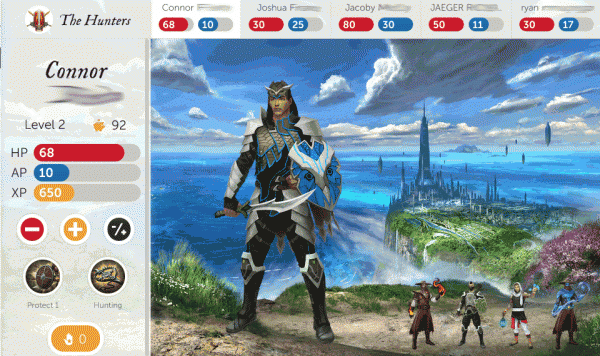
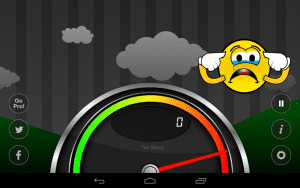
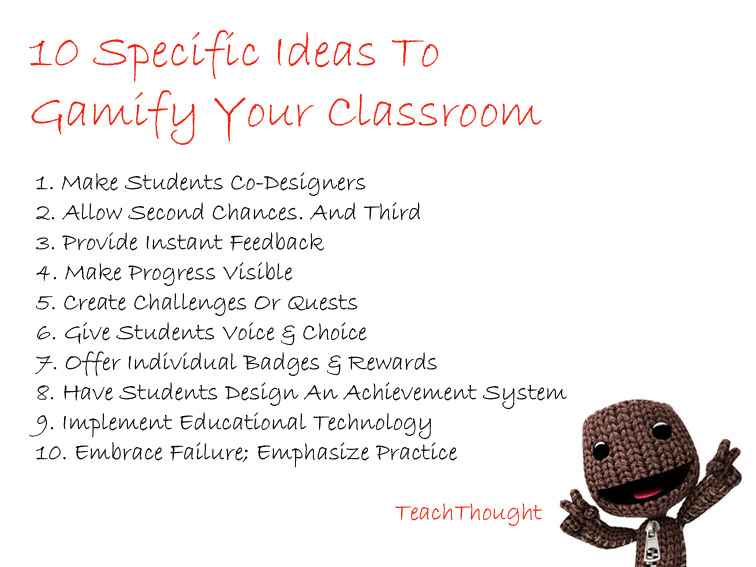
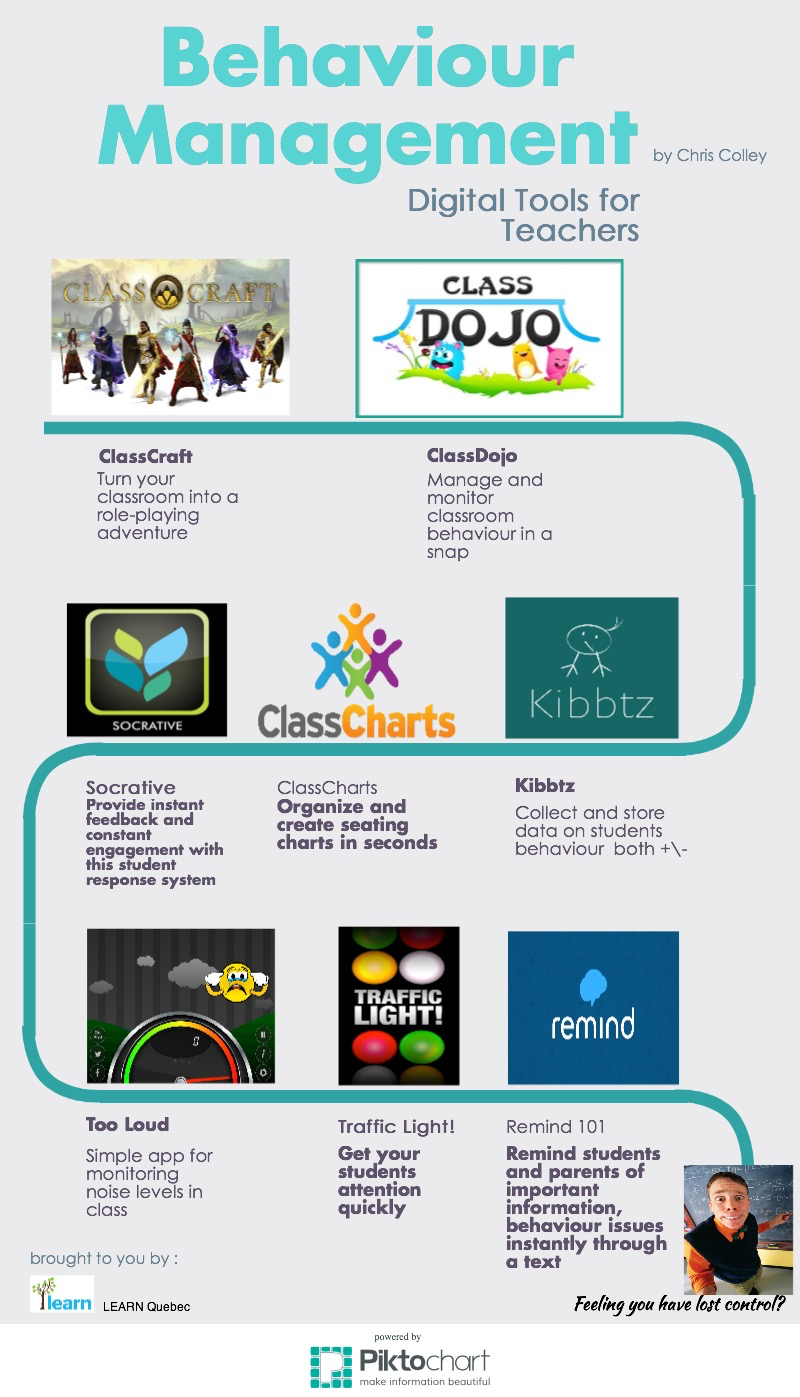



Bringing gaming into the classroom is exactly what students don’t need! It has the same deficits as a textbook; it’s not real. What my grade 10 and 11 students enjoyed the most this past week was a chance to handle a static generator(use a 5 mm gap between brush and belt for optimal generation) and a chance to see a miniature but real operating steam engine at work. Prior to that, despite youtube films and diagrams, few really understood a crank-slider system.
My reading of this post is that it suggests using the game as a sort of metaphor for classroom management. It doesn’t suggest that students play games instead of engaging in real learning events. The game in the ClassCraft example would not prevent the teacher from having kids do whatever hands-on learning was required by their curriculum, it would just provide a backdrop for all the late entrance, no homework, disruptive in class part of teaching and learning. Like in Harry Potter (or other actual private schools with house systems).
My intent with this post was certainly not to advocate gaming in class. I simply wanted to suggest we might use the philosophies from the gaming world in our classrooms to engage our students with what they need to know. For example, when a student is playing a game failure is not a deterrent for trying again, rather they want to try again to get to the next level. My thought was why not leverage that kind of idea in our classroom with the use of some pretty cool digital tools.
You wrote; “when a student is playing, a game failure is not a deterrent for trying again, rather they want to try again to get to the next level” In the 1960s and 70s, there were boxes of reading- activities called SRA. Students progressed to different colors(which of course were reading levels). It worked well, but only in conjunction with traditional tools used by our teacher. Too many spokespeople and administrators don’t remind young teachers that tech in education (whether literal or metaphorical) involves a rehash of things that have been tried before. What’s really needed in education is a range of quality- programs for students(instead of a single, watered-down curriculum to get dubious “success for all”) higher standards for teachers entering the field and more direct involvement in high school education from society at large.